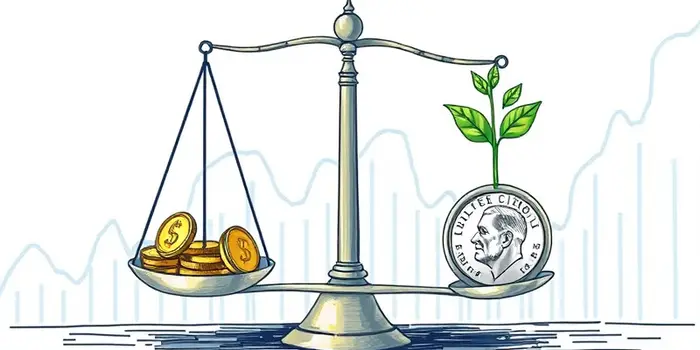
Investors often face the dilemma of choosing between dividend-paying stocks and growth-oriented equities. Each path offers distinct rewards and challenges, and understanding these nuances is essential for crafting a resilient portfolio.
At its heart, dividend investing focuses on companies that distribute a portion of their earnings to shareholders on a regular schedule. These are typically mature corporations with stable cash flows. By contrast, growth investing targets firms that reinvest profits to fuel expansion, aiming for significant long-term capital appreciation rather than immediate payouts.
Dividend stocks are prized for their predictable distributions, while growth stocks appeal to those seeking rapid value escalation in sectors like technology and biotechnology. Recognizing these core distinctions sets the stage for deeper exploration.
Quantifying the success of each strategy requires distinct metrics. For dividend investors, the dividend yield and growth rate reveal how much income is generated and how rapidly it’s rising. Payment history also offers insights into a company’s reliability during economic cycles.
Growth investors track earnings growth percentage, price-to-earnings ratios, and revenue expansion. A holistic comparison often relies on total return, which combines dividends and capital gains, enabling investors to evaluate both approaches on equal footing.
Taxes significantly influence net results. Dividend income may be taxed as ordinary income or at preferential rates for qualified dividends, depending on local laws and holding periods. In some markets, certain dividends receive tax exemptions or reduced rates, enhancing after-tax yields.
Growth investors pay taxes only when they sell shares, triggering capital gains events. Long-term gains typically attract lower tax rates than ordinary income, allowing compounding to remain uninterrupted until realization.
Identifying which strategy aligns with your goals and risk tolerance is crucial. Dividend investing suits those seeking consistent cash payments over decades, especially retirees or income-focused individuals. Allocating a higher proportion of dividend stocks can anchor a portfolio against volatility.
Growth investing appeals to younger, risk-tolerant investors with a longer time horizon. By emphasizing rapid appreciation potential, they can ride technological shifts and industry disruptors to amass wealth over extended periods.
Rather than viewing dividend and growth approaches as mutually exclusive, many investors choose a blended strategy. A balanced mix of growth and income can reduce overall portfolio swings while offering both immediate payouts and capital gains prospects.
Tools like automated dividend reinvestment plans (DRIPs) can deepen exposure to high-quality dividend payers without manual intervention. Growth investors should maintain meticulous due diligence and research practices, monitoring key performance indicators and adjusting positions as business fundamentals evolve.
Below is a concise summary of the defining characteristics of both strategies, providing a quick reference for portfolio architects.
Deciding between dividend and growth investing is not a one-size-fits-all proposition. Each approach offers unique advantages, whether you prioritize reliable income streams or accelerated capital appreciation. By understanding the core benefits, risks, tax implications, and suitable metrics, investors can tailor their portfolios to match personal objectives and time horizons.
Ultimately, a thoughtful blend of both strategies can harness the strengths of each, smoothing volatility while capturing growth opportunities. Armed with knowledge and clear goals, investors can navigate the dynamic financial markets with confidence and purpose.
References













